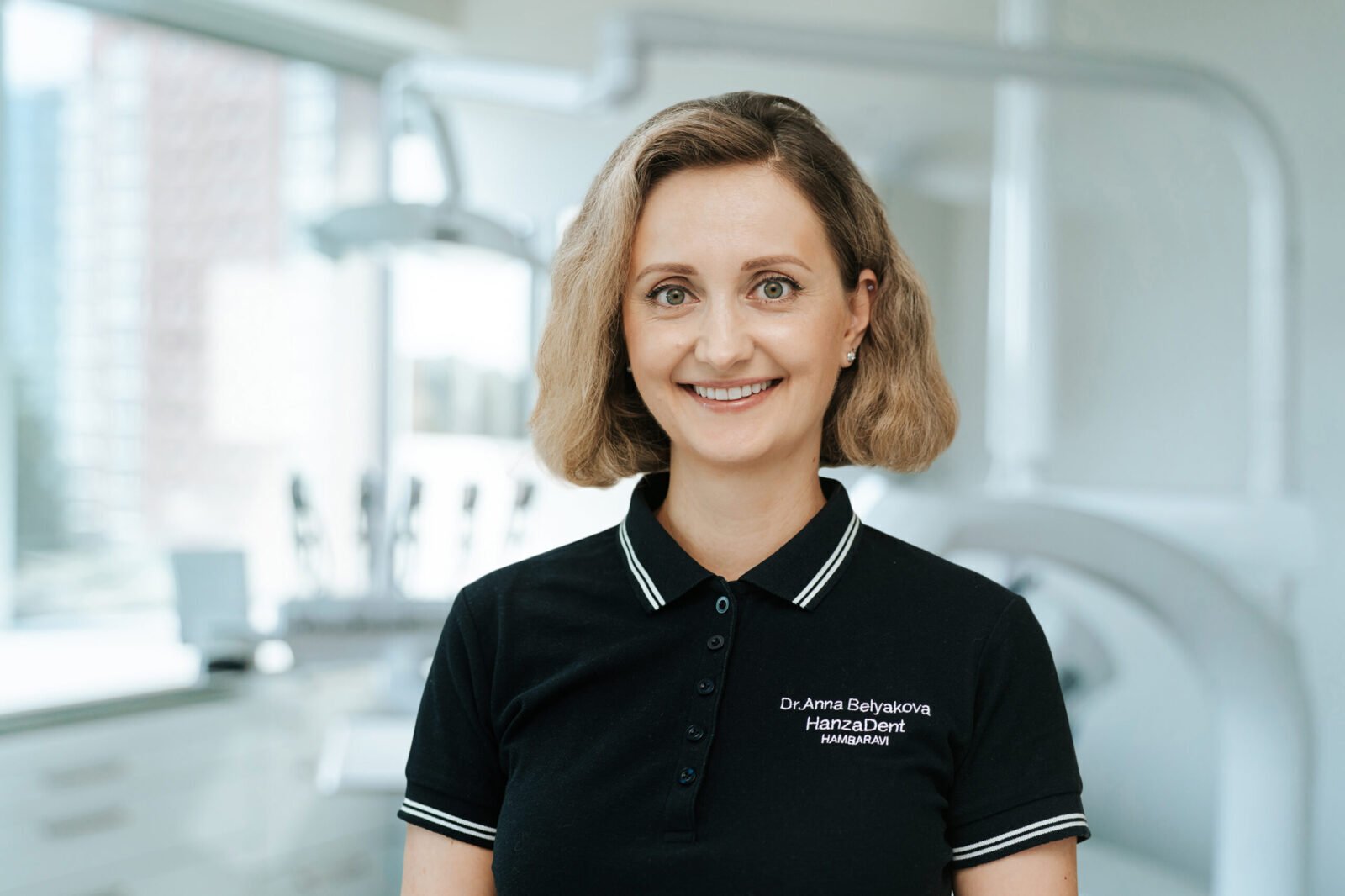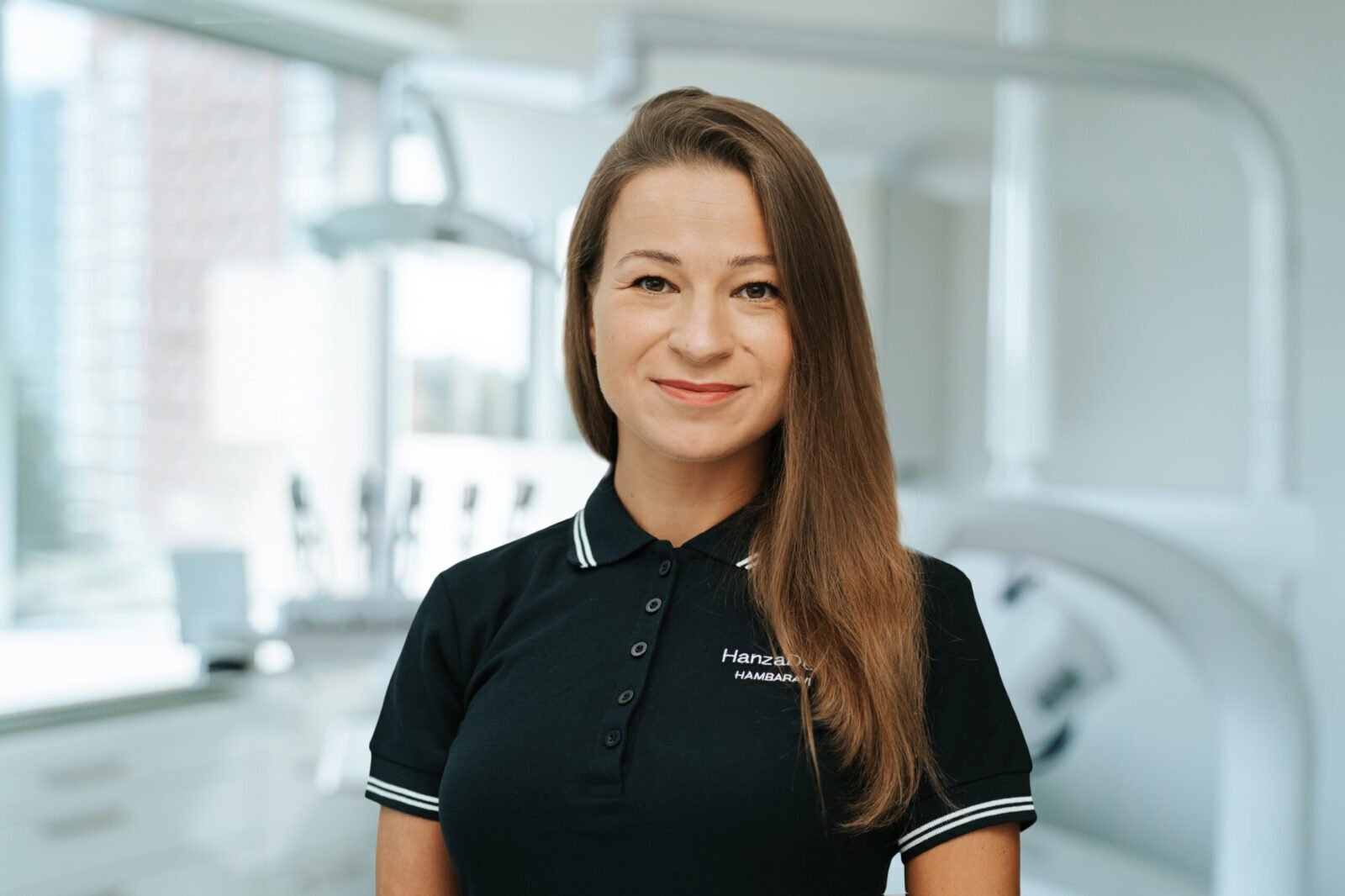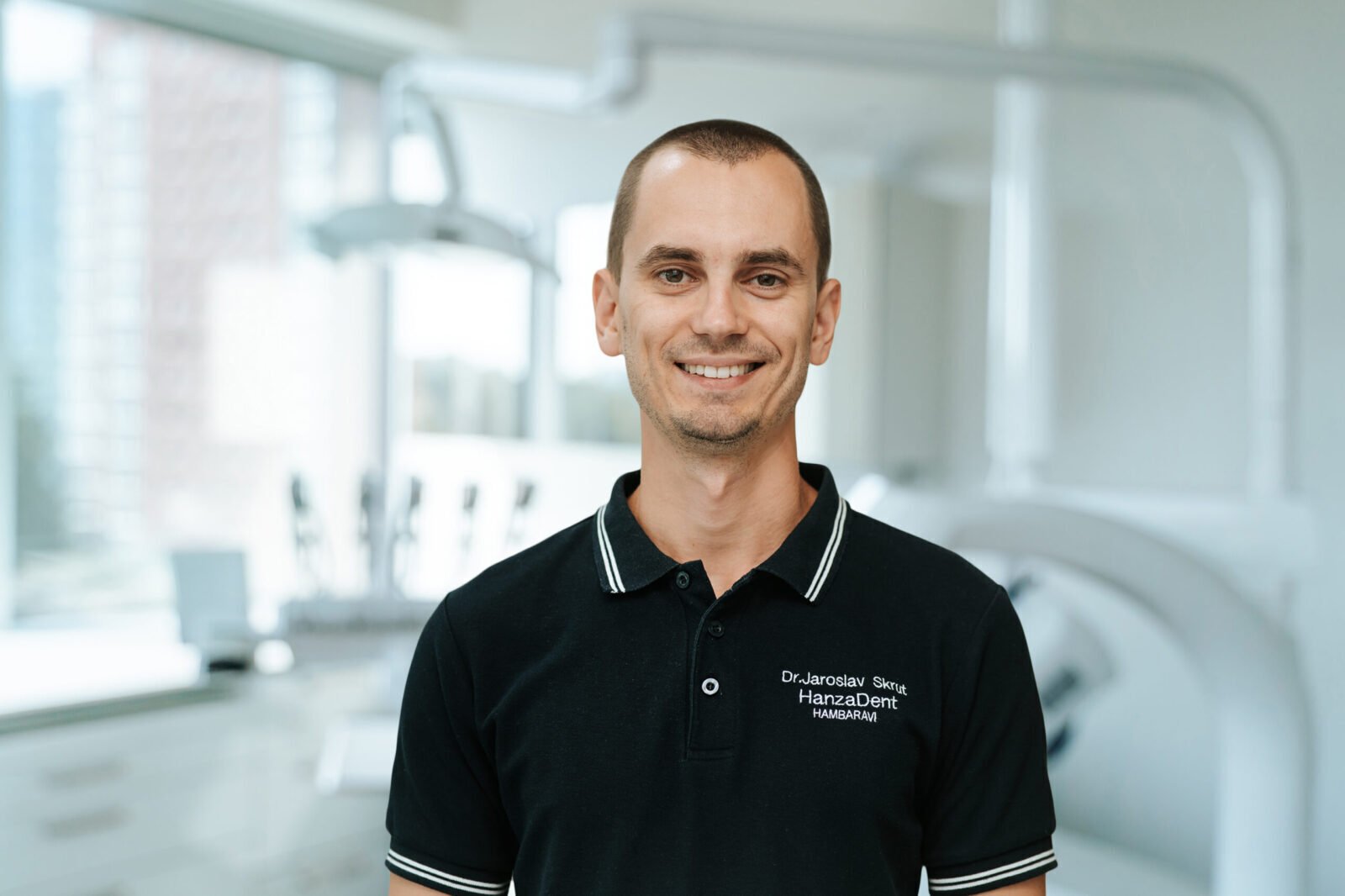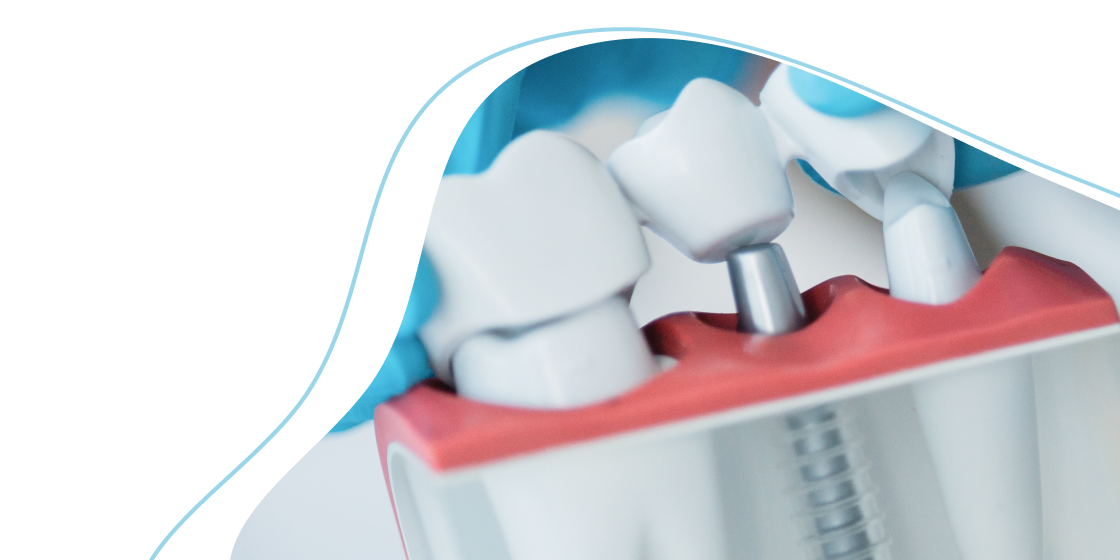
Our services
Why choose HanzaDent Dental Clinic?
Book a visitModern dentistry
Modern treatment methods
Microscopic precision
Individual approach to each patient
Experienced and respected doctors
Three clinics in Tallinn
Popular services
Please review the price list for popular services. The full price list can be found by clicking the button below.
View price list| SERVICE | PRICE |
|---|---|
| Consultation | from 60€ |
| Implant with crown | from 1300€ |
| Filling | from 70€ |
| Full ceramic crown | from 600€ |
| Root canal treatment | from 350€ |
| Tooth extraction | from 70€ |
Individual approach
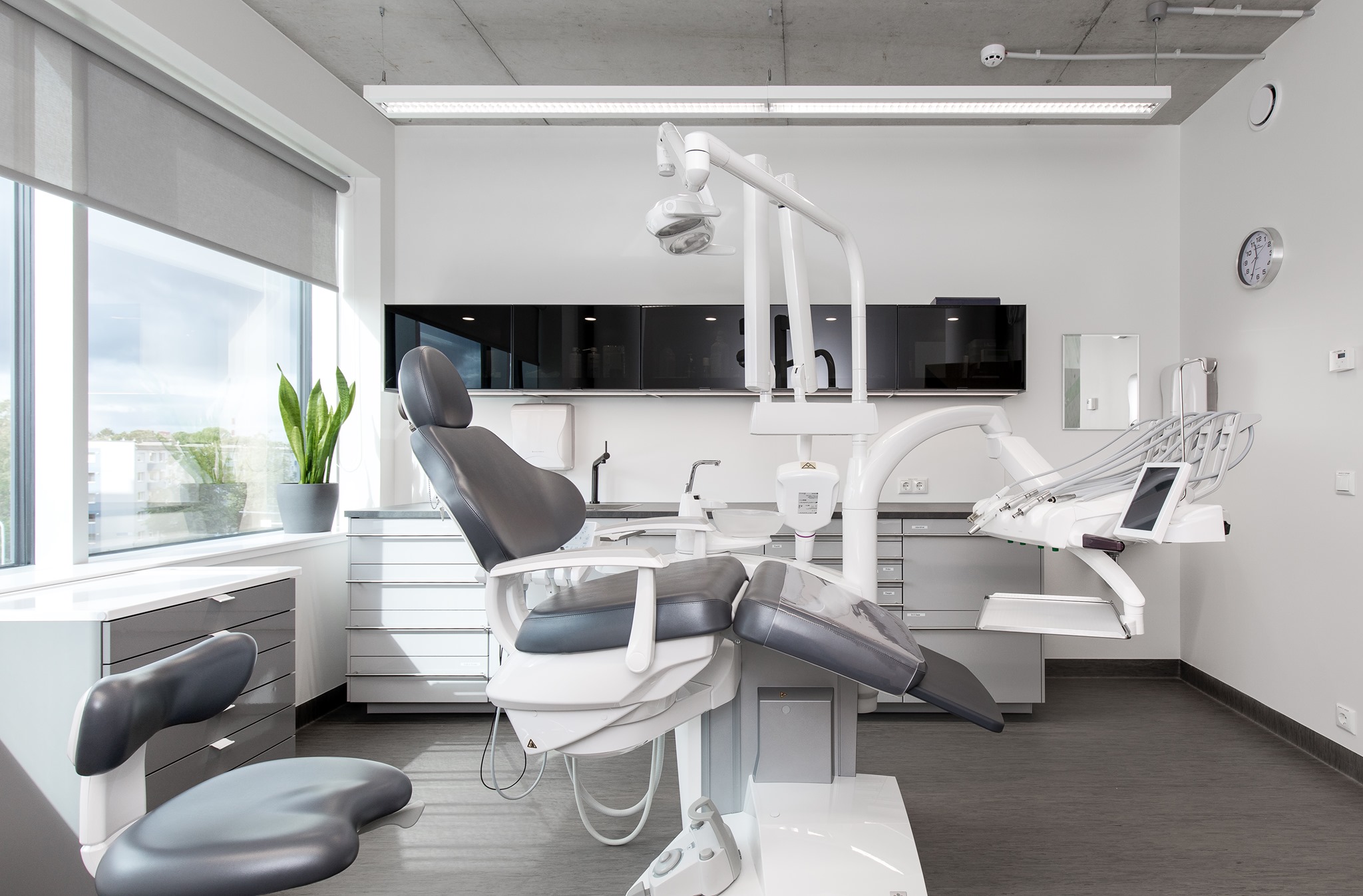
Consultation
Creating a dental treatment plan
Treatment and prevention
HanzaDent Dental Clinic
-
17
years with You
-
47000+
Satisfied patients
-
20+
Highly qualified specialists
Customer reviews
A very polite, professional, and attentive dentist, Dr. Rasmus Peeker!
My previous visits to the dentist were quite painful, especially the removal of a wisdom tooth. However, I went to Dr. Rasmus Peeker, and the wisdom tooth extraction was absolutely painless! Highly recommend!

Nadezda Zdanova
Great dentists who do their job well, both in treatment and consultation. In particular, Dr. Ermel's advice helped me take better care of my teeth, so I don't need to visit the dentist as often as I used to.

Aleksis Anijärv
Everyone welcomed me very warmly. The doctor has always worked quickly, painlessly, and with high quality. Now I visit Hanzadent twice a year for regular check-ups to make sure everything is fine and to feel more confident!

Stiven Lipetski
First-class service, truly impressive. I will definitely come back again!

Aleksandr Shmanjov
Dr. Alina Ismailova is very pleasant and professional.

Angelica Tahker
Dentists
HanzaDent dental clinic - the best dental care in Tallinn!
HanzaDent – Your reliable dental care and dental clinic in Tallinn
To achieve healthy teeth and a beautiful smile, it is important to choose a reliable dental clinic, where experienced specialists work and modern technologies are used. HanzaDent is a dental care operating in Tallinn, which has been providing high-quality services since 2007.

Articles
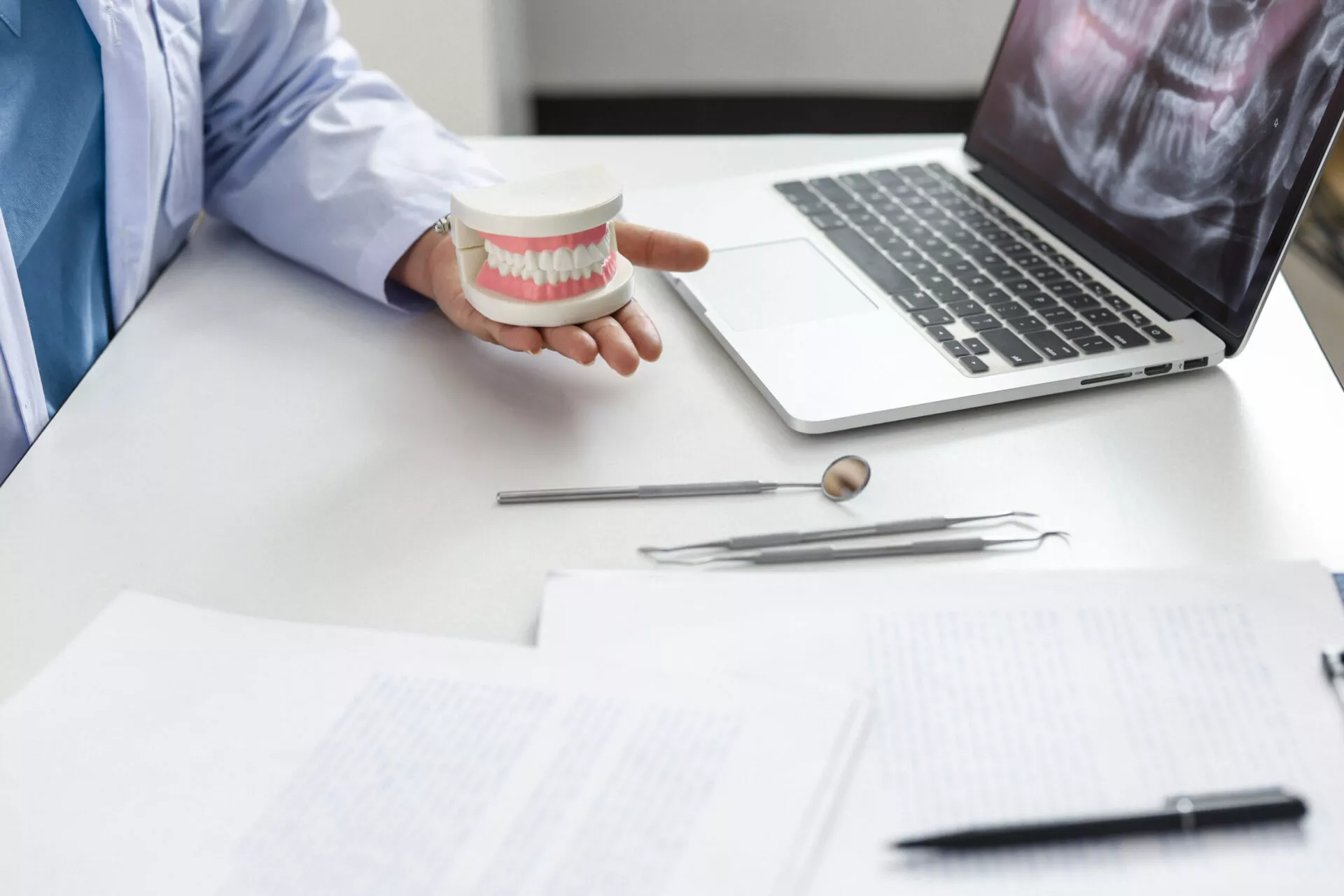
How to Prepare for a Dental Implant Procedure: Dr. Regina Kuningas-Ott's Advice
Read more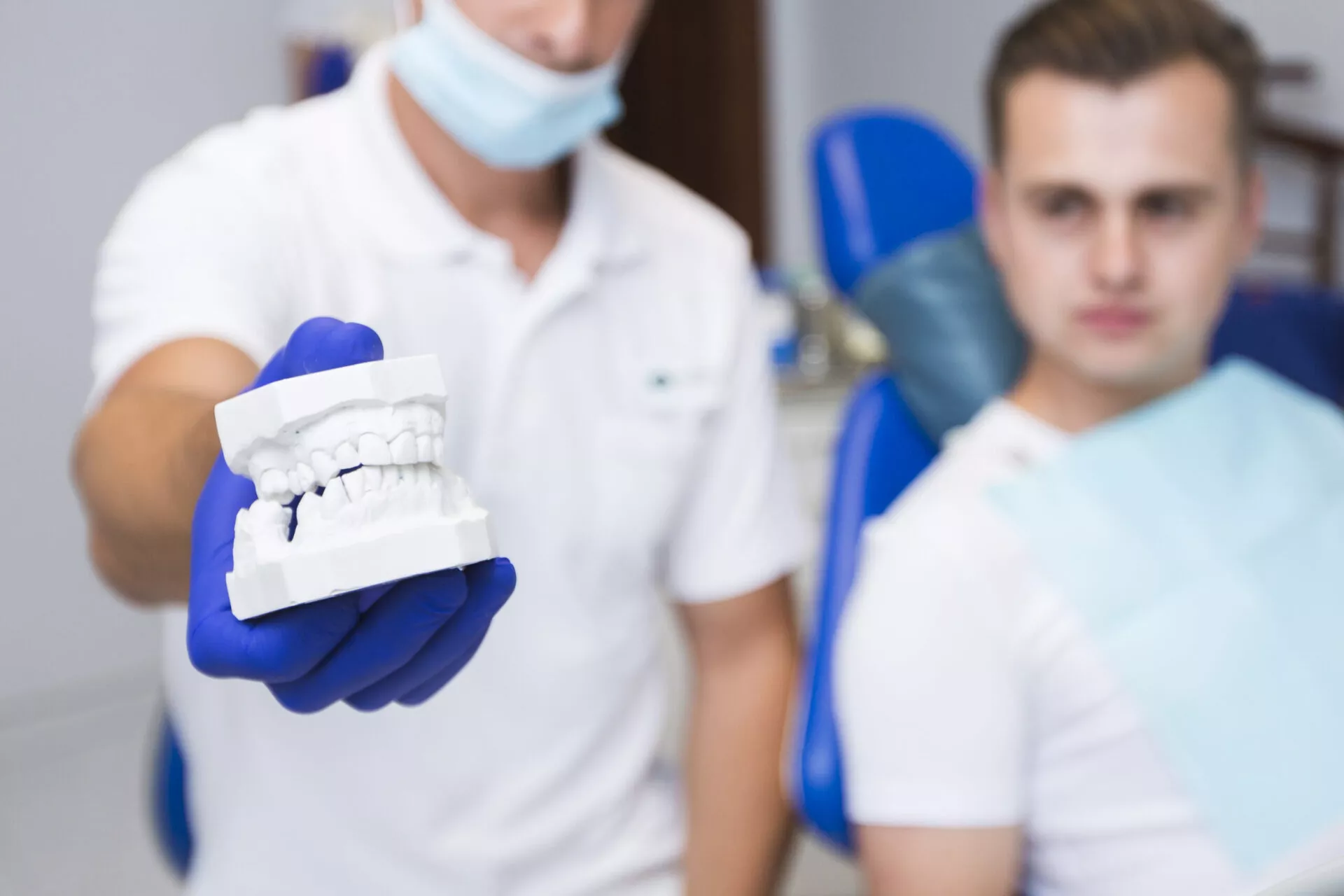
Modern Tooth Implantation Methods: What Patients Need to Know?
Read more
High Blood Pressure and Dental Implants: What You Need to Know Before the Procedure?
Read more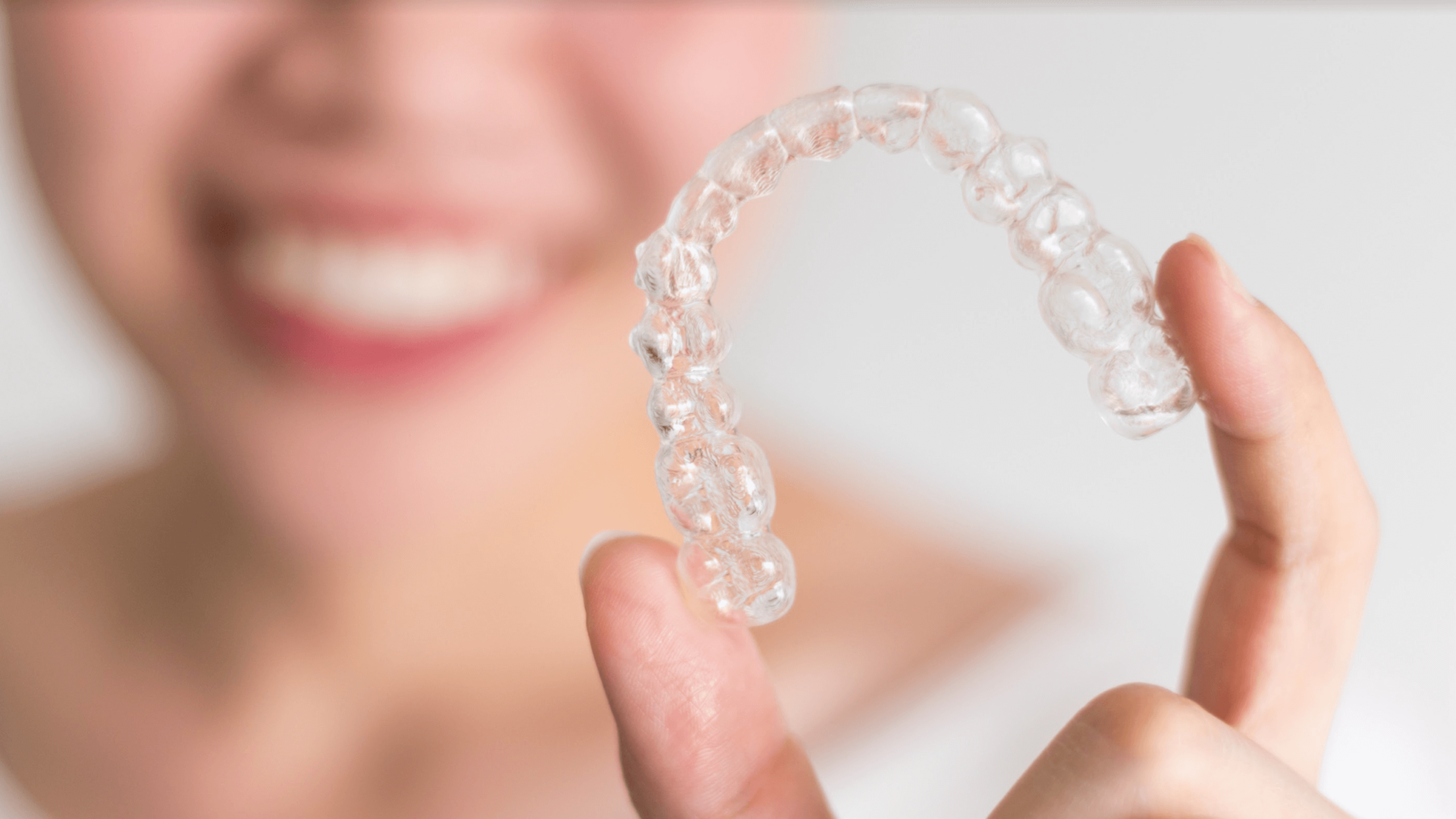
Why Choose Ordoline Aligners? Everything You Need to Know
Read more

